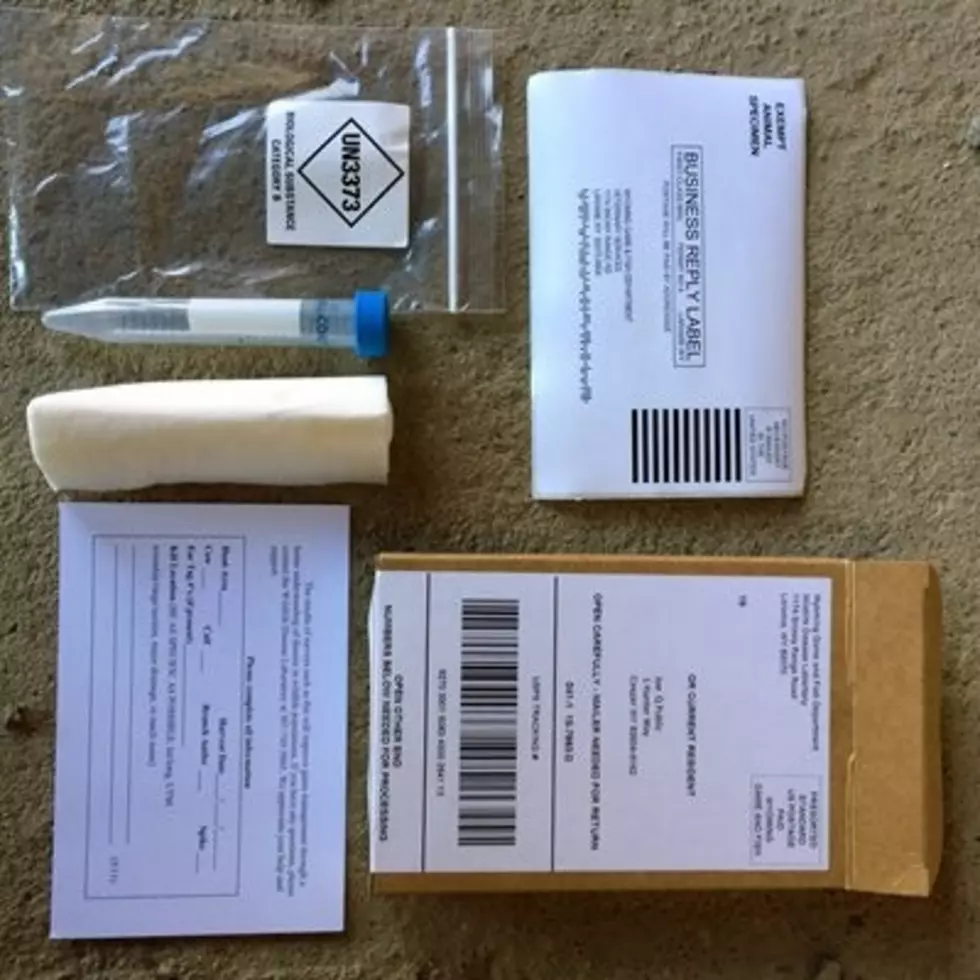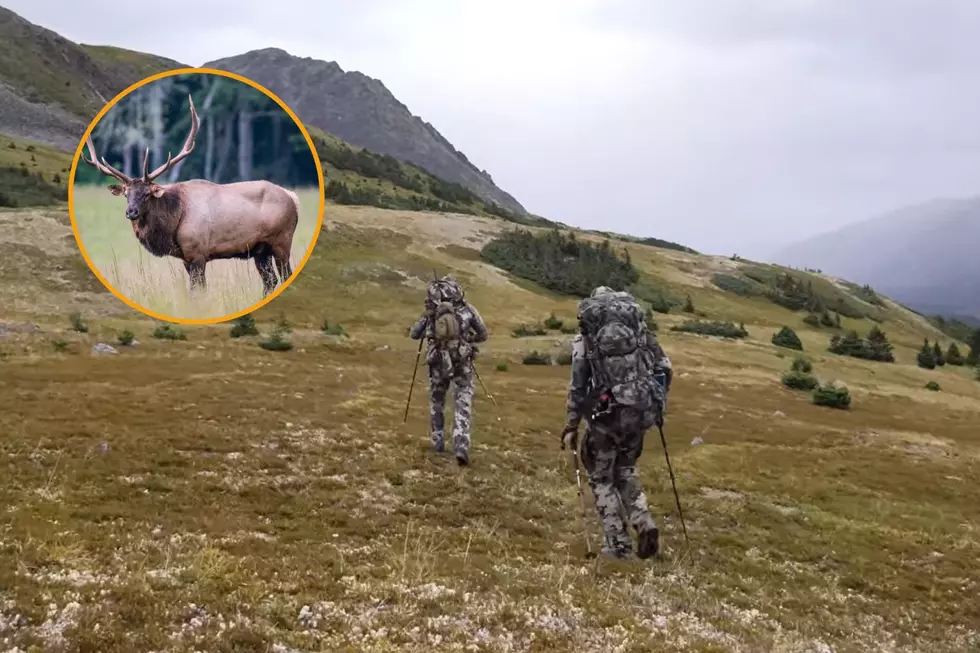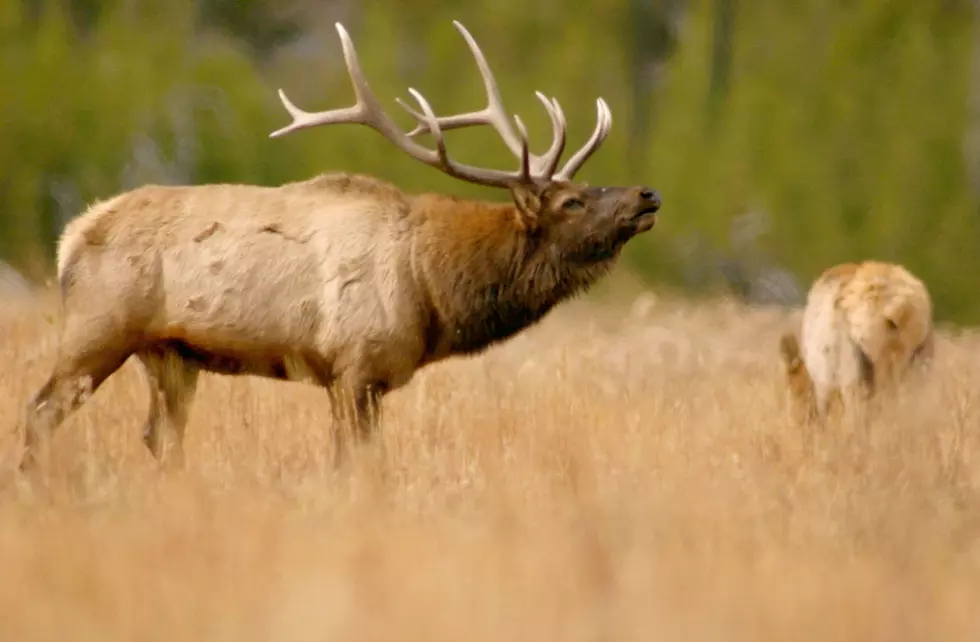
Elk hunters asked to submit blood samples from their harvested animal
This fall elk hunters in specific hunt areas are again being asked by the Wyoming Game and Fish Department to help brucellosis surveillance efforts by taking a blood sample from their elk immediately after harvest with a Game and Fish sample kit, keeping it cool and submitting it soon-after harvest.
The specific hunt areas for this season are: 27, 28, 33, 34, 35, 36, 37, 38, 39, 40, 41, 45, 47, 48, 49, 54, 61, 63, 64, 66, 100, 106, 107, 120, 127. A map is available online.

About 8,500 kits will be mailed to hunters this year. Hunters in targeted elk hunt areas should receive kits about two weeks prior to the opening date of that particular hunt area and license type.
“You may have already — or will soon — receive a blood kit in the mail. Please bring this kit with you while hunting and collect a sample from your harvested animal and submit it to us. Take the sample soon after harvest and keep it cool until drop-off,” said Eric Maichak, Game and Fish wildlife disease biologist in the Cody Region.
As an incentive for hunters to collect samples, the department is partnering with several leading outdoor gear companies in a raffle for hunters who provide a useable blood sample from their harvested elk. Hunters with multiple licenses may receive a kit for each and can enter the raffle for each usable sample returned.
GRAND PRIZE PACKAGE
- Weatherby Mark V Camilla Deluxe donated by the Gillette Wyoming Sportsman's Group and Weatherby (.280 Ackley Improved).
- VIPER® PST™ GEN II 5-25X50 FFP Riflescope donated by Vortex Optics.
ADDITIONAL PRIZES
- Benelli Lupo Bolt Action Rifle - donated by Benelli USA. Valid for item numbers 11900-11905.
- Sig Sauer Oscar8 27-55x80 Spotting Scope donated by Sig Sauer.
- Maven C3 binoculars donated by Maven (10x50).
Nearly one-quarter of the state is surveyed yearly on a rotating basis. Each fall hunters return between 1,200-1,500 blood samples to the laboratory. Game and Fish hasn’t identified any seropositive elk in the Bighorn Mountains since 2016.
“Thank you to all our sponsors who support wildlife with their generous donations,” Maichak said.
Hunters are urged to wear latex/nitrile gloves, keep the sample cool in a chilled cooler and not allow it to freeze or spoil. Fill out the requested information on the enclosed card and return the kit to a biologist or game warden in the field, at a check station, Game and Fish office or drop the prepaid box with the sample in the mail. Learn how to collect a sample through a short video.
Hunters who don’t harvest an elk this year should not mail back an empty kit.
“Save the blood kit for your next year's hunt or return it unused to a Game and Fish office or official,” said Jessica Jennings-Gaines, Game and Fish wildlife disease specialist.
Brucellosis is a disease caused by the bacteria Brucella abortus. Elk, bison and domestic cattle are susceptible to brucellosis, which may cause animals to abort calves and further transmit the disease.
Brucellosis has been shown to slightly reduce pregnancy rates but not limit the population size of elk. Usable data collected by hunters coupled with GPS data from radio-collared elk are being used to develop projects to mitigate brucellosis transmission risk among elk and from elk to livestock.
MUST SEE: 7 Wyoming Waterfalls Worth a Road Trip
MUST SEE: John Dutton's Yellowstone Ranch is Real and Here are 12 Pics
More From K2 Radio









